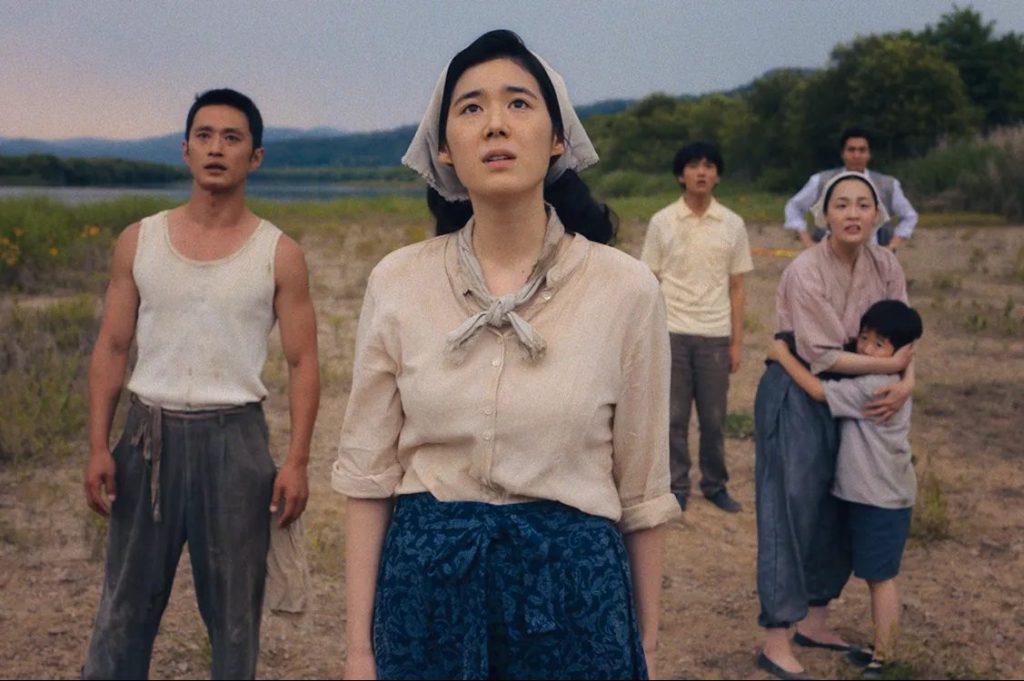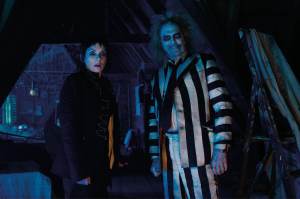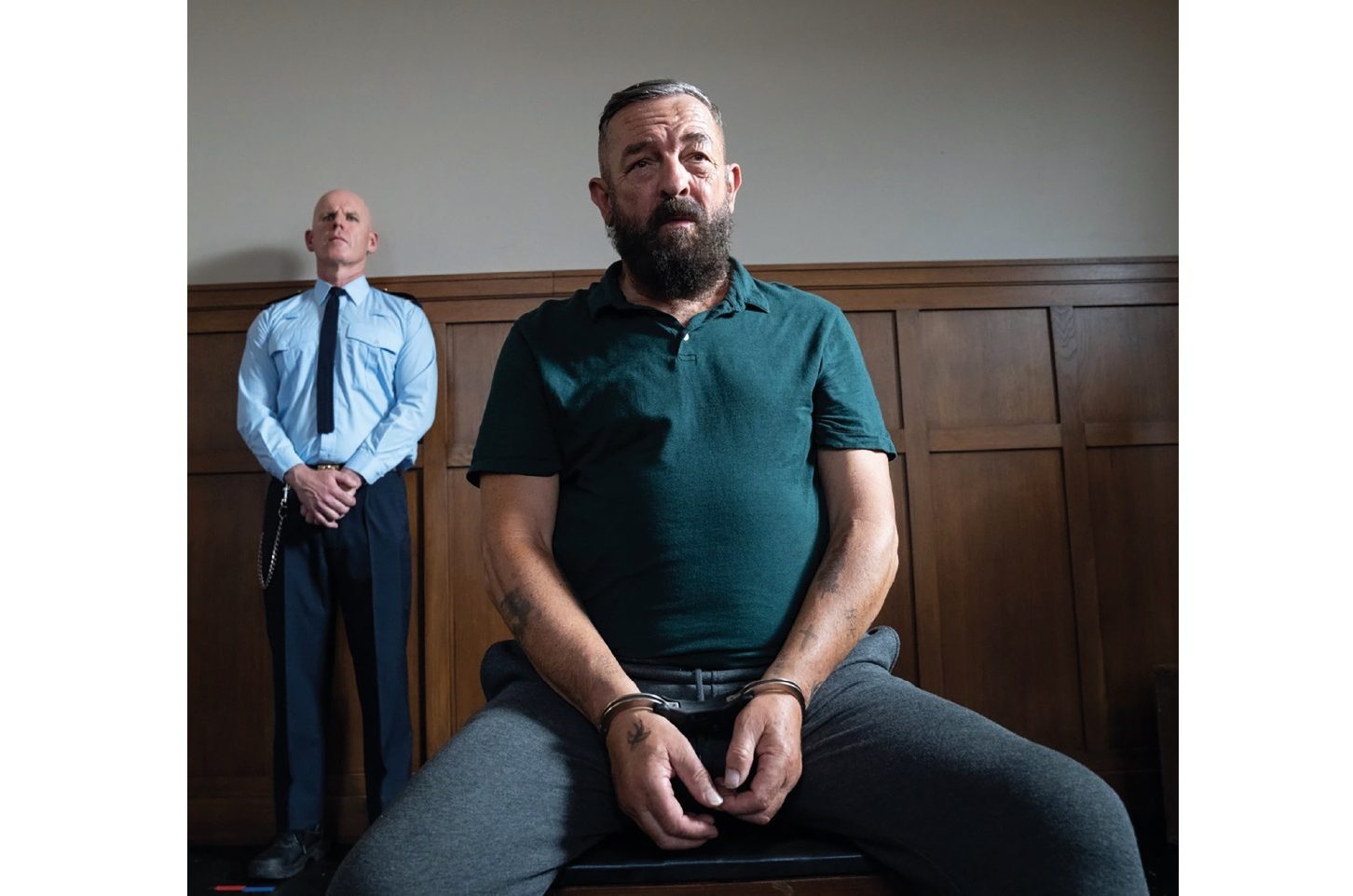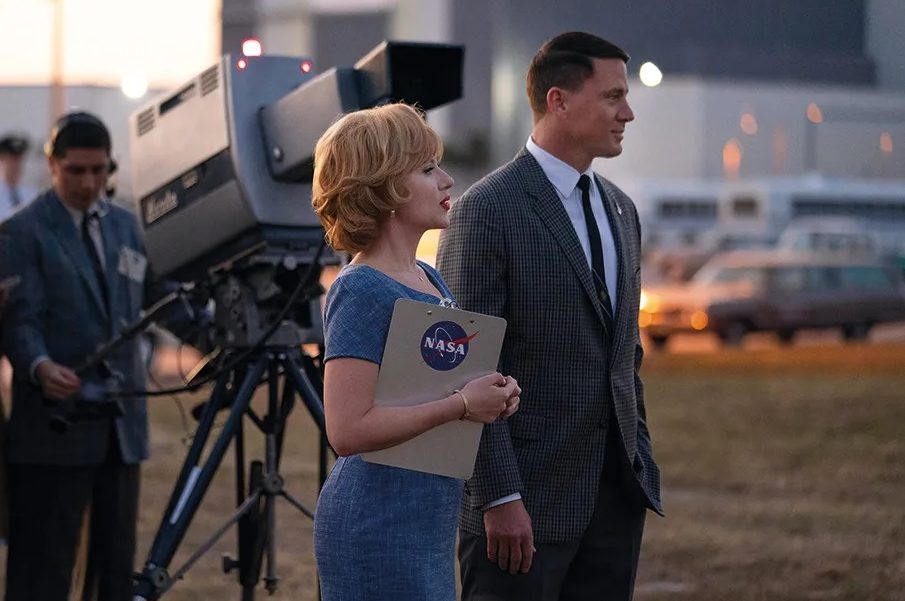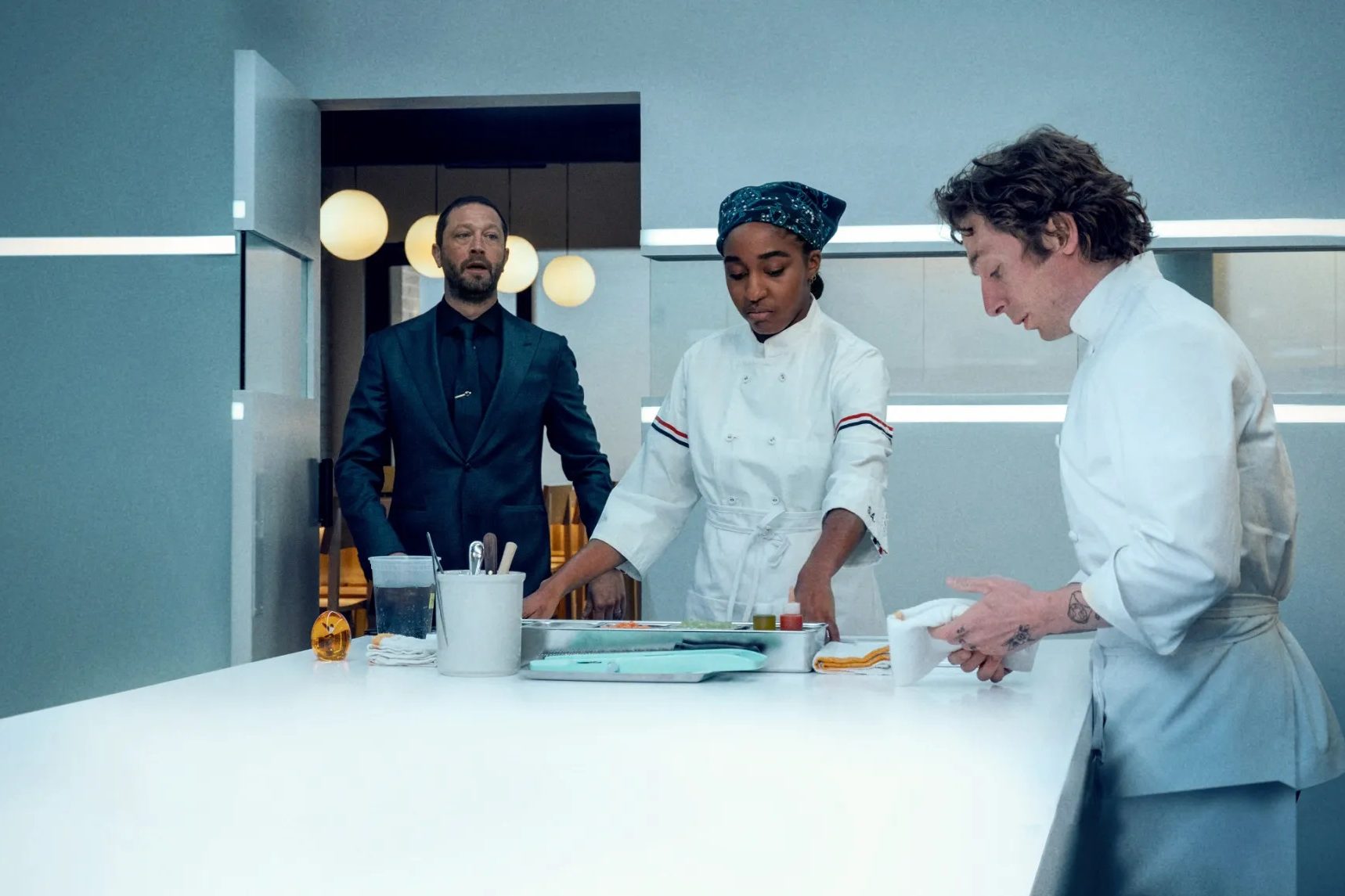Pachinko is like an extended version of the Monty Python “Four Yorkshiremen” sketch (“I used to have to get out of shoebox at midnight, lick road clean, eat a couple of bits of coal gravel”) relocated to mostly 20th-century Japan and Korea. There’s so much misery it makes Angela’s Ashes look like Pollyanna. And there’s so little by way of laughter or a redemptive pay off you might be tempted to end it all like one of the numerous doomed characters do — off camera, fortunately — in the almost relentlessly catastrophe-laden season one.
Pachinko comes pretty close, I’d say, to being must-watch television
Now we’re back for season two and with World War Two (from the Japanese/Korean perspective) and the Korean war yet to be covered, I’m sure this one ain’t going to be a barrel of fun either. But don’t let anything I’ve just said put you off. Pachinko comes pretty close, I’d say, to being must-watch television: for the acting, for the unfamiliar setting, for the sweeping melodrama of the masochistically compulsive plot and, most instructively, for the handy history lesson.
The Koreans, it turns out, had it worse under the Japanese occupation (from 1910 to 1945) than even the Irish did under the British. They could barely earn a living (except in jobs that were near-slave labor), they were spied on and arrested if they expressed the slightest anti-imperial sentiment; they were even forbidden from eating their deliciously nutty-tasting staple white rice. Two million of them were forced to abandon their homeland to seek a miserable, squalid living as second-class — indeed stateless — citizens in Japan, where they were spat at and looked down on for eating kimchi, which the locals considered unpalatably stinky.
All they had to keep them going was their burning resentment, their pride in being Korean, and their stolid endurance. This is one of the recurring themes in this sweeping family saga — like a Korean take on the kind of potboilers Irwin Shaw wrote about America in the 1950s: no matter how hard you try to rise above the mire, there will always be a Japanese (or Yankee) boot ready to put you back into your place.
This oversensitivity, though understandable, can get a bit dispiriting for the viewer. In vain do you wait for an uplifting narrative arc where one of the protagonists does the right and decent thing and, against the odds, triumphs over adversity. Nope — light spoiler alert — whether you’re a brilliant opera singer, a blameless Christian pastor, a capable Wall Street financier, a toothsome, feisty peasant girl, or a math whiz, your dreams will always turn to dust.
What carries you through are the performances, most notably from the two women who play our heroine, Kim Sunja (luminously beautiful Minha Kim in her young adult years, Youn Yuh-jung when she’s a wise, indomitable grandma who has seen everything that life can throw at her). In fact the characters are all so well-imagined — Jin Ha as city slicker Solomon Baek; Lee Min-ho as Koh Hansu, a broodingly handsome, almost cartoonish baddie with a streak of endearing vulnerability; Steve Sang-Hyun Noh as Baek Isak the pastor — that even when the plotting gets a little bit strained or convoluted, you can’t stop watching. It’s mesmerizing.
I’ve not read the bestselling novel of the same name on which it is based, by Min Jin Lee, but I suspect one could get quite irritated by the contrivances. She has, for obvious reasons, sought to shoehorn her family into every major event of the historical period covered. Sometimes, this works well. The Great Kanto earthquake — which struck Yokohama in 1923, killing 100,000 people, and the senseless aftermath in which perhaps 10,000 Koreans were hunted down and murdered by vengeful Japanese — makes for a particularly powerful episode. But the cramming in of a random character with Aids, just because it’s set in the 1980s, feels strained and implausible. What’s the betting that this new season finds some tortured excuse for a scene set in 1945 in which someone from the family decides to make a spur-of-the-moment day-trip to Hiroshima?
A lot of the suspense and twists and turns in the plot depend on narrative trickery involving extensive deployment of flashbacks and strategically withheld information. Though the constant toing and froing between periods and locations can be a bit jerky and unsettling (the viewer is taken from 1920s rural Busan to Tokyo at the height of the economic boom in the 1980s, then back again, etc.), it’s rather enjoyable once you accept you’re on a rollercoaster.
Pachinko is named after an arcade game to which Koreans are addicted. There’s lots of this local color (not to mention some superbly realized scenic depictions of Japan and Korea, past and present), which is another thing that makes it so watchable. I particularly like the Doljabi ceremony in which, on its first birthday, a Korean baby is presented with a table of items including books, ink, brushes, money, rice, thread, a bow or sword, and things of that ilk. The item they choose represents the area in which they will have most luck in the future.
This article was originally published in The Spectator’s UK magazine. Subscribe to the World edition here.



